|
Here are all the paintings of FURINI, Francesco 01
| ID |
Painting |
Oil Pantings, Sorted from A to Z |
Painting Description |
| 78895 |
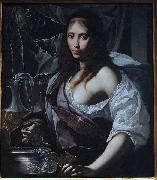 |
Artemisia Prepares to Drink the Ashes of her Husband |
ca. 1630(1630)
Medium Oil on canvas
Dimensions 79.4 x 66.7 cm (31.3 x 26.3 in)
cyf |
| 6735 |
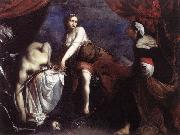 |
Judith and Holofernes sdgh |
1636
Oil on canvas, 116 x 151 cm
Galleria Nazionale d'Arte Antica, Rome |
| 28651 |
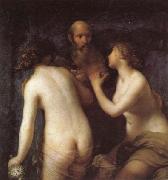 |
Lot and his daughters |
mk61
c.1634
Oil on canvas
123x120cm
|
| 6736 |
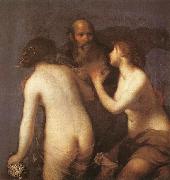 |
Lot and his Daughters df |
Oil on canvas, 123 x 120 cm
Museo del Prado, Madrid |
| 28937 |
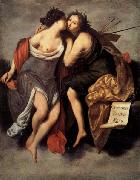 |
Poetry and Painting |
mk65
Oil on canvas
70 7/8x56 5/16in
Pitti,
|
| 96048 |
 |
St John the Evangelist |
1630s
Medium oil on canvas
cyf |
| 6737 |
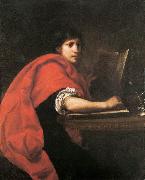 |
St John the Evangelist dfsd |
1630s
Oil on canvas
Mus??e des Beaux-Arts, Lyon |
| 6734 |
 |
The Birth of Rachel dgs |
Oil on canvas, 189 x 232 cm
Alte Pinakothek, Munich |
| 96283 |
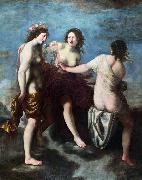 |
The Three Graces |
after 1638
Medium oil on canvas
Dimensions 220 X 175 cm (86.6 X 68.9 in)
cyf |
| 58451 |
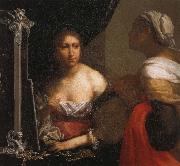 |
Vanity |
mk261 Florence about 1630 oil painting on canvas 83 x 90 cm |
|
|
| FURINI, Francesco
|
| Italian Baroque Era Painter, 1603-1646
Italian painter. He was one of the leading Florentine painters of the first half of the 17th century, famous for the ambiguous sensuality and sfumato effects of his many paintings of female nudes. He first studied with his father, Filippo Furini, nicknamed Pippo Sciamerone and described by Baldinucci as a portrait painter, and he completed his apprenticeship in the studios of Domenico Passignano and of Giovanni Bilivert. Inspired by an admiration for Classical sculpture, which he studied in the Medici collection in Florence, and for Raphael, he travelled to Rome, which he reached as early as 1619 (Gantelli, see 1972 exh. cat.). Here he came into contact with Bartolomeo Manfredi and with Giovanni da San Giovanni. In 1623 he assisted the latter on the frescoes of the Chariot of the Night in the Palazzo Bentivoglio (now Pallavicini-Rospigliosi), commissioned by Cardinal Guido Bentivoglio, and also perhaps on the lower paintings (1623-4) in the apse of the church of SS Quattro Coronati, Rome.
|
|


